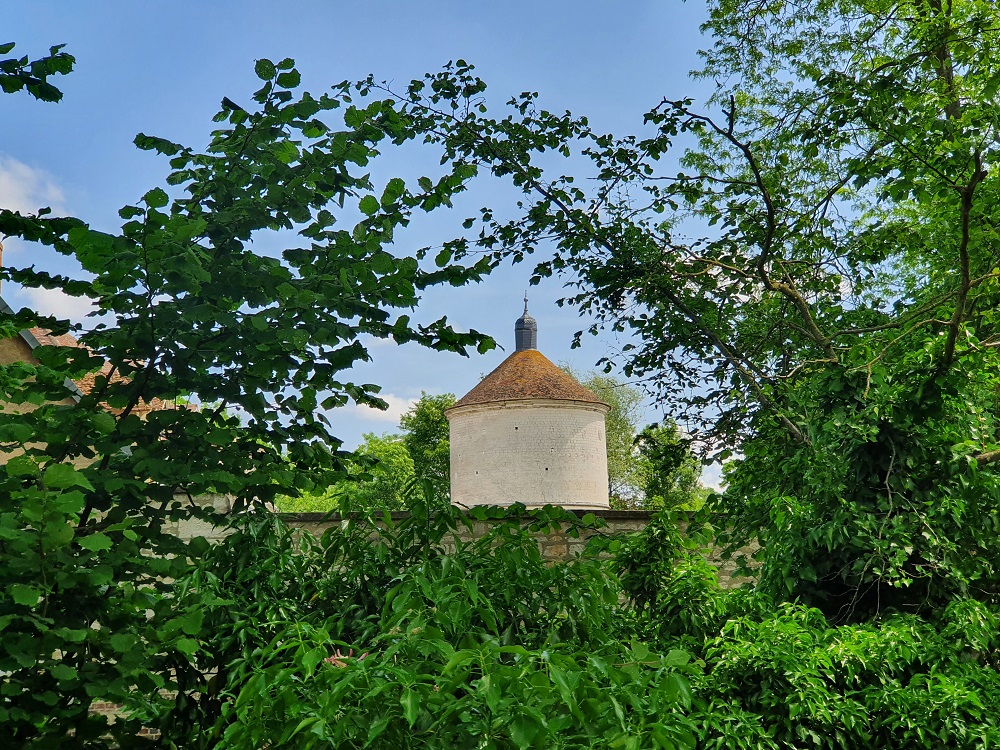This commune covers an area of 32.7km² and has about 2915 inhabitants who are known as ‘Lyotains’. It is located about ten kilometres north of Troyes. Reached via the D15, D20, D60 or the D619, it is just over 10 minutes from junction 22 (Charmont-sous-Barbuise) of the A26 between Calais and Troyes and 15 minutes from junction 20 (Torvilliers) of the A5 from Paris.
Stretched out beside the woods that cover the banks of the Seine and the old Haute-Seine canal, the commune of Saint-Lyé is extended by the fields that look out over the Champagne Crayeuse plain. The Villes et Villages Fleuris organisation has awarded Saint-Lyé one flower that it shares with its hamlet of Grange l’Evêque.
Saint-Lyé has a nursery school and a primary school and has many associations that contribute to the life of the town. Services offered by and for the Lyotains include sports, leisure activities, cultural events and home helps.
The church of Saint-Lyé dates from the 11th and 12th centuries and was added to the supplementary list of historic monuments in 1972. Its 16th-century stained-glass windows have been classified as historic monuments since 1913. In the Place de l’Eglise you can see one of the rare examples in Aube (there are about thirty) of a Romanesque church.
It retains a wealth of furnishings of which around twenty items are classified as historic monuments. These include two arm-shaped reliquaries, one of painted oak and the other of oak decorated with silver-leaf, dating from the 18th century, the 16th-century oak shrine of Saint-Lyé, a 16th-century painted limestone sculpture representing the high points of the life of the Virgin in high relief, as well as polychrome oak statues of saints dating from the 17th century.
Next to the church, victory stands on a square column in memory of those killed in the world wars and the Algerian war.
Saint-Lyé has a long history, and even hosted the marriage of a king. In 1315, due to a hazardous chain of events, King Louis X of France was married to his second wife Clémence de Hongrie in the now destroyed fortress of Saint-Lyé.
TO FIND OUT MORE
>>> Commune Website
>>> Accomodation
>>> Catering
>>> Shops and Services




